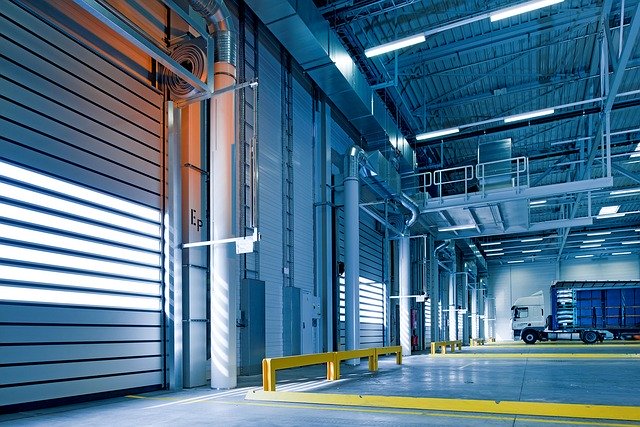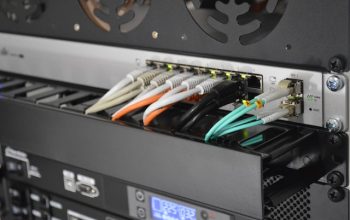Warehouse management practices have greatly advanced as technology becomes available for improved inventory accuracy and real-time awareness of materials and equipment locations within a facility.
Advancements such as radio frequency identification (RFID) offered greater inventory accuracy than barcodes which relied on manual scans or other close-quarters activity, often in warehouse areas with pallet racking. Passive warehouse management technology such as RFID did not quite live up to expectations of widespread use across supply chains, Modern Materials Handling says. However, RFID has become generally accepted at the retail level for high-value items such as clothing.
Active Tags Raise Efficiency
New developments in real-time location systems (RTLS) based on ultrawideband (UWB) or Bluetooth low energy (BLE) beacons along with traditional RFID have evolved to include new readers, tags and data interfaces. That does not mean tried-and-true warehouse management systems such as bar code readers are about to fall by the wayside.
Even with the improved efficiency, active tags can add to a warehouse management system, they remain too expensive to for most managers to deploy on each and every item, especially on low-cost, high-volume inventories. A more efficient application of active tag tech comes with tracking assets such as pallets and reusable bins.
Gaining a dynamic awareness of pallet moves or an up-to-the-minute count and location of certain key inventories can significantly improve operational efficiency. Some ultrawideband beacons available today offer continuous location tracking of an asset with 10-centimeter precision.
Lasting Benefits
When considering a new facility or redesign of an existing one, calling on the expertise of warehouse racking companies and warehouse management systems suppliers provides lasting benefits down the road.
Other real-time location tracking issues should be considered. For example, tags must securely fit on the inventory or asset to be tracked. Likewise, the ability to track the current location of an asset should more than offset the cost of the tags and the system that supports them. If warehouse staff spends time searching for assets such as reusable bins, the ability to quickly locate that asset improves efficiency and saves time.
With RTLS in place, managers can use the data stream to build a practical understanding of workflow issues within the warehouse or distribution center. Location data can be used to spot congestion and dwell times and generate alerts. Using baseline data to analyze flow patterns allows managers to address specific problem areas such as aisles and work areas with the goal of improved efficiency.




